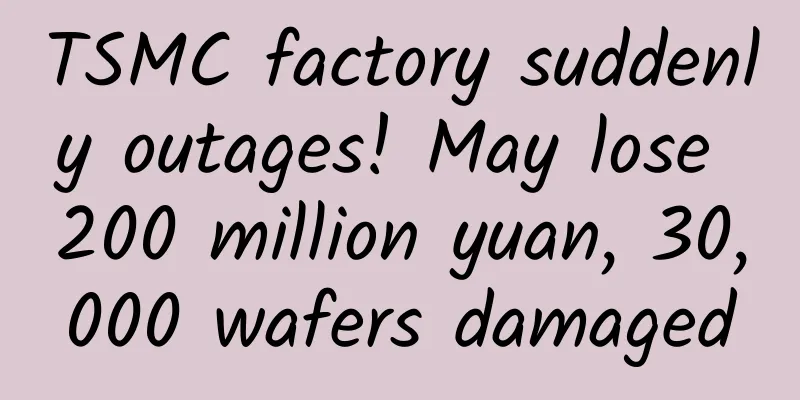How is the ETag value in the HTTP response header generated?

|
The generation of etag needs to meet several conditions, at least loosely meet
The above conditions are theoretical conditions for validity. How should they be handled in actual practice? Let's see how it is done in nginx ETag generation in nginxI looked through the nginx source code and translated it into pseudo code as follows: concatenated from last_modified and content_length etag = header .last_modified + header .content_lenth The source code is located at: ngx_http_core_modules.c etag -> value .len = ngx_sprintf ( etag -> value .data , "\"%xT-%xO\"" , Summary: In nginx, etag is a hexadecimal combination of the Last-Modified and Content-Length fields in the response header. Just find an nginx service in my k8s cluster to test it $ curl --head 10.97.109.49 Calculate Last-Modified and Content-Length from etag, use js to calculate as follows, the results are consistent > new Date ( parseInt ( '5cbee66d' , 16 ) * 1000 ) .toJSON ( ) ETag algorithm in Nginx and its shortcomingsNegotiation cache is used to calculate whether the resource returns 304. We know that there are two ways to negotiate cache
Since ETag in nginx consists of Last-Modified and Content-Length, it is considered an enhanced version of Last-Modified. So where is the enhancement? Last-Modified is represented by a unix timestamp, which means it can only act on changes in seconds, while ETag in nginx adds an additional condition of file size. The next question is: if the ETag value in the http response header changes, does it mean that the file content has definitely changed? Answer: No. Therefore, using nginx to calculate 304 has certain limitations: the file is modified within 1 second and the file size remains unchanged. However, the probability of this happening is extremely low, so under normal circumstances, an imperfect but efficient algorithm can be tolerated. The article comes from: Front-end Restaurant. If you wish to reprint this article, please contact the Front-end Restaurant ReTech Toutiao account. github: https://github.com/zuopf769 |
<<: Distributed ID Solution Detailed Explanation
>>: Seven steps to easy network segmentation
Recommend
RAKsmart flash sale server starts from $30/month, cluster server starts from $142/month, in the US/Japan/Korea/Hong Kong data centers
Earlier this month, I shared information about RA...
A article about connection and socket
In the TCP/IP protocol, a connection is usually c...
How to decide if Wi-Fi 6 is right for you?
There’s a lot of hype surrounding the next Wi-Fi ...
SpeedyPage: $5.39/month KVM-AMD Ryzen, 2G memory, 30G NVMe, 5TB/month, Singapore data center
SpeedyPage is a foreign hosting company establish...
GTI releases 2.3GHz spectrum industry joint statement
As 5G accelerates globalization, it will unlock u...
Don’t be bothered by the information of network equipment optical modules anymore! Come and learn these practical tips!
The optical module power is abnormal! What should...
Another "explosive" application in the 5G era, what is the future of cloud gaming?
What can 5G do? This is a question that everyone ...
Microsoft is exploring high-speed wireless networks in data centers
In a recent filing with the Federal Communication...
5G makes online and offline retail interesting again
5G can bring technology and innovation into the e...
DediPath Independence Day Promotion: 40% off all VPS hosts, New York dedicated servers starting from $35/month
DediPath launched a US Independence Day promotion...
RF chip, a pearl in 5G mobile phone
According to statistics, in the fourth quarter of...
Comparative Analysis of Kubernetes Network Plugins (Flannel, Calico, Weave)
[[269494]] This article will focus on exploring a...
Common social engineering methods for cracking WPA2 passwords and preventive measures
1. Introduction What is social engineering? Socia...
5G is coming. How can 2G/3G be smoothly decommissioned?
As global operators invest heavily in 5G, the top...
The role of satellite communications in smart cities: enhancing urban connectivity
As urban populations continue to grow, the need f...









